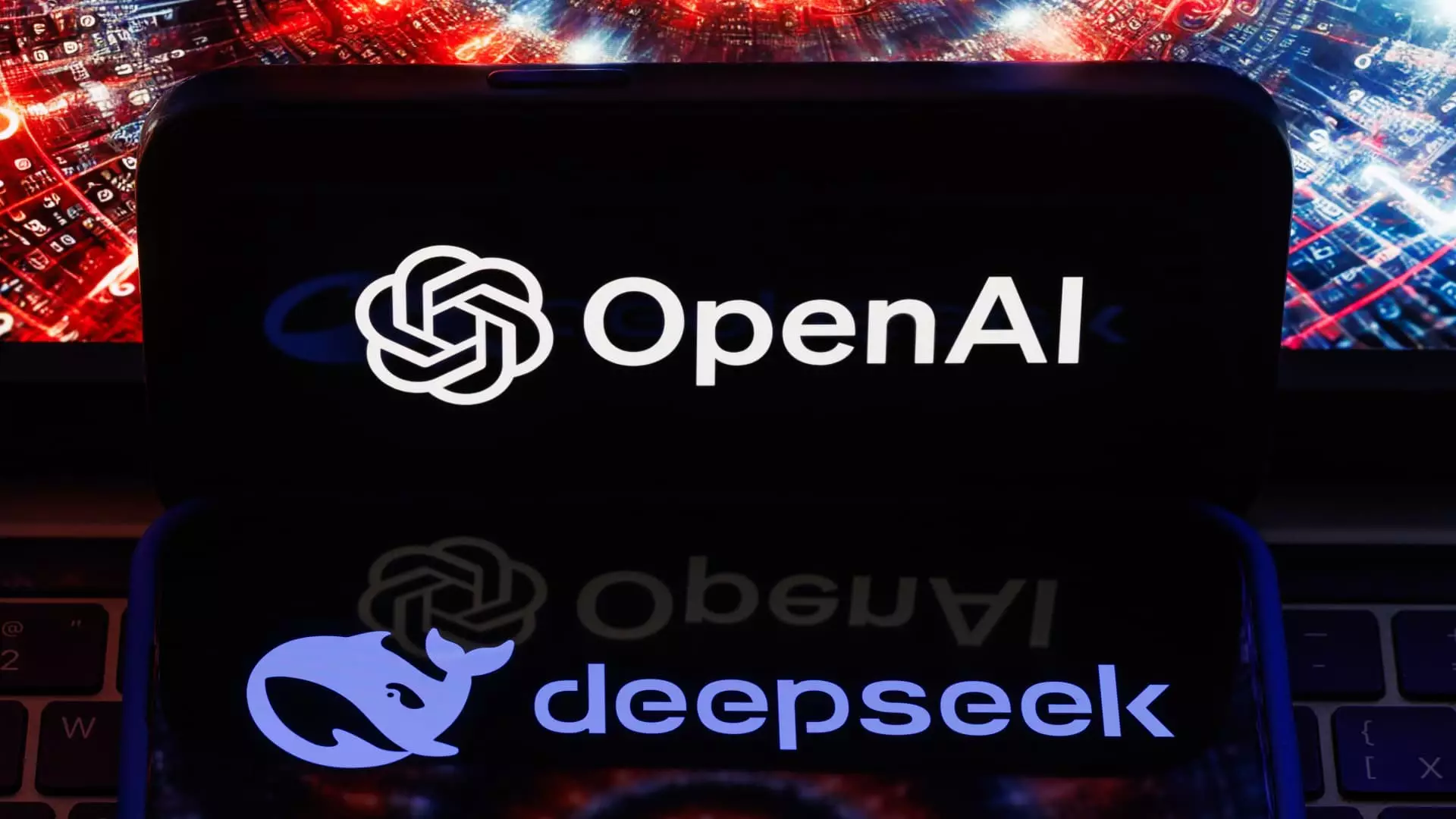The recent developments from DeepSeek, a Chinese AI lab, have sparked significant discussions among technology leaders regarding the shifting landscape of artificial intelligence on a global scale. During interviews at the Artificial Intelligence Action Summit in France, executives from major tech firms emphasized the importance of DeepSeek’s innovations, indicating that the competitive narrative between the United States and China regarding AI is evolving. The lab’s announcement of a newly developed AI model, which reportedly cost less than $6 million to train, raised eyebrows and instigated comparisons with the exorbitant amounts invested by Western giants, like OpenAI and Anthropic, which typically run into billions of dollars.
This cost-efficiency displayed by DeepSeek suggests a seismic shift in the capabilities of nations in the AI sphere, a sentiment echoed by industry leaders such as Chris Lehane from OpenAI. He described the competition as not merely a technological clash but as a broader ideological contest, with different values underpinning the development of AI technologies between democratic systems and authoritarian regimes.
While the technical prowess of DeepSeek’s innovations has garnered recognition, it has not been without its criticisms. A common argument against the lab revolves around the alleged censorship employed in its AI outputs. For instance, inquiries related to sensitive historical events, such as the Tiananmen Square massacre, are met with evasive responses, drawing criticism about the implications of such censorship on free discourse and information accessibility. This raises an essential question: can advancements in AI technology from a certain regime be trusted when censorship seems inherent in their operational protocols?
Moreover, the ongoing discourse surrounding DeepSeek’s models heightens the stakes in the AI competition narrative. With a claim to rival the performance of OpenAI’s sophisticated systems at a fraction of the cost, experts are forced to re-evaluate assumptions about global technological leadership. Reid Hoffman of Greylock Partners emphasized that the competition isn’t merely academic – it is a harbinger of deeper geopolitical stakes.
DeepSeek’s emergence might compel a critical reassessment of traditional views that positioned Chinese tech firms as lagging in AI innovation. Analysts like Abishur Prakash argue that the West’s perspective has historically been limited and that the rapid advancement by Chinese companies signifies a need to confront the reality that China is closing the technological gap at a pace that may have been underestimated. Prakash points to decades of progress that have caught the U.S. off-guard, prompting a reassessment of its perceived role as the undisputed technological leader.
However, even amid this confidence, many industry leaders express caution. Despite acknowledging DeepSeek’s significant advancements, they remain skeptical about the substantive threat it poses to leading AI firms, mainly due to uncertainties surrounding the veracity of their financial claims. Reports have suggested that DeepSeek’s historical expenses on hardware could far exceed the reported costs, which raises valid concerns about the sustainability and reliability of their model.
In the debate around AI development, the concept of “distillation,” where smaller models learn from larger, more established systems, has emerged. This raises intriguing questions about the competitive integrity within the AI development race. OpenAI has hinted at potential concerns regarding DeepSeek’s methods, suggesting that the core advancements of this new player may owe their origin to existing U.S. technologies.
As experts reflect on the broader implications of this competition, many agree that while the advancements from DeepSeek are noteworthy, they do not fundamentally undermine the established dominance of larger models. Victor Riparbelli, CEO of Synthesia, stated that while DeepSeek’s model offers an alternative perspective on AI development, the broader adoption is likely to remain skewed towards more established technologies from companies like OpenAI and Anthropic.
In dissecting the rapid rise of DeepSeek, it becomes evident that we are only beginning to grasp the intricate dynamics of international competition in artificial intelligence. This narrative does not exist in a vacuum but is shaped by historical, political, and economic threads that define the current technological landscape. While some express anxious optimism about the implications of DeepSeek’s innovations, it is equally clear that the landscape remains complex, and the predominant narrative favoring larger AI models is not likely to shift dramatically in the immediate future.
As we move forward, it will be crucial to monitor the developments from both East and West, remaining vigilant about how these advancements will affect not only the technology industry but also global governance, ethics, and societal values. The game may be on, but the end picture is still being painted, with many brushstrokes remaining to be explored.


Leave a Reply